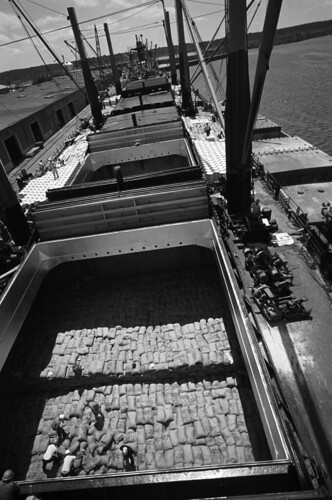
USDA’s Chief Economist Joseph Glauber and his staff advise the Secretary on economic issues but are also charged with producing official USDA supply and demand projections and forecasts. The Office of the Chief Economist’s (OCE’s) monthly World Agricultural Supply and Demand Estimates (WASDE) report that is recognized globally as the benchmark report for world agricultural commodity markets. The WASDE report provides valuable planning and decision-making information to U.S. farmers, commodity traders, the agricultural industry, and USDA policymakers.
The impetus for the report occurred in 1972 when the former Soviet Union orchestrated a large purchase of U.S. grain at lower prices than demand indicated. This incident, commonly referred to as “The Great Grain Robbery,” led to a series of congressional hearings on improving USDA’s economic intelligence system. The response was to create a process within USDA to bring all relevant information together for review within OCE’s World Agricultural Outlook Board (WAOB). WAOB was established by Secretary of Agriculture Bob Bergland on June 3, 1977, with the goal of assuring the consistency, objectivity, reliability, and timeliness of USDA’s economic situation and outlook publications.
The WAOB, from its outset, applied stringent security procedures to interagency coordination of the WASDE report. From about midnight before the morning of release, doors in the “lockup” area are secured, window shades are sealed, and telephone and Internet communications are blocked. Once analysts present their credentials to a guard, they enter the secured area to finalize the WASDE report. Communications with the outside world are suspended until the report is released at 8:30 a.m. Eastern time. The release date for each monthly WASDE report is published months in advance.
The monthly WASDE report sets global supply and demand estimates and forecasts for more than 100 other USDA outlook-oriented reports released each year. To produce the WASDE report, WAOB manages a system of Interagency Commodity Estimating Committees (ICECs). WAOB senior commodity analysts chair the ICECs that are comprised of representatives from key USDA agencies. There is an ICEC for every major commodity group (i.e., grains, oilseeds, cotton, sugar, livestock, dairy, and poultry). The ICECs rely on Foreign Agricultural Service for attaché reports and analysis of foreign commodity developments, Economic Research Service for domestic and foreign regional assessments, National Agricultural Statistics Service for U.S. crop and livestock estimates, Farm Services Agency for farm policy input, and Agricultural Marketing Service for domestic market information. A key ingredient to WASDE estimates and forecasts is weather information. WAOB agricultural meteorologists continually monitor domestic and foreign weather developments and prepare crop impact assessments.
For more information on how the WASDE and other USDA crop reports are prepared, please visit “Understanding USDA Crop Forecasts.”

